We got off the bus at this square and started exploring
Panoramic views
a small taverna right by the square
and then we started ascending the steps
The usual Cycladic arthitecture
a cafe/bar
There are Roman sarcophagi to be seen in the alleys
an old church
Two ceramic plaques on this house. The first one says: 'Maria's little house', and the second one: 'both of these belong to Kostas'.
This one says: 'Kate's house'.
Shop interior.
Another sarcophagus
The inscription reads: Ioannis Panagiotou Sperantsas (IS). I am lying here dead. Bitter Death harvested me before I got old. You, who approach this monument of mine, grant me your forgiveness, this is all I ask of you. Born on... Died on ...'
One of the larger houses
and always, steps
and lots of alleyways, some partly covered
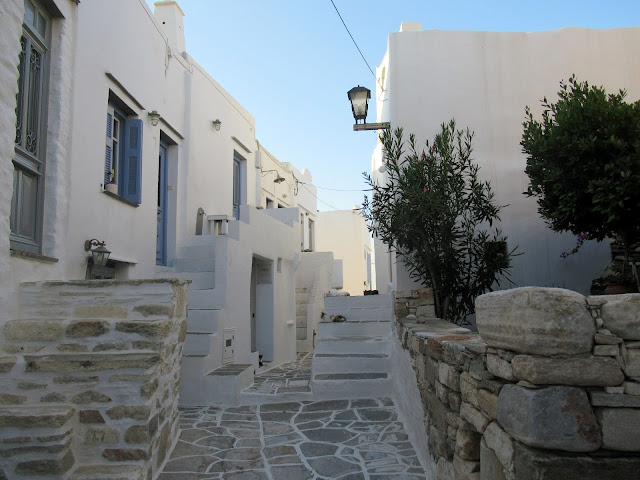
We had reached the edge of the village, where the Venetian fortifications are still to be found
We decided to walk around the edge of the village
breathtaking views of the coast, including two windmills and a small church on the left
zooming in - two churches in the same enclosure
we kept climbing
a seating area
This is Seralia which used to be the harbour of Kastro. Apparently pirates used to come here and the inhabitants of Kastro used to shut themselves within the high walls of the village to escape.
We could not see much from where we were, but apparently, there is a small beach here and two fish tavernas.Perched on top of the hill is the church of The Seven Martyrs.
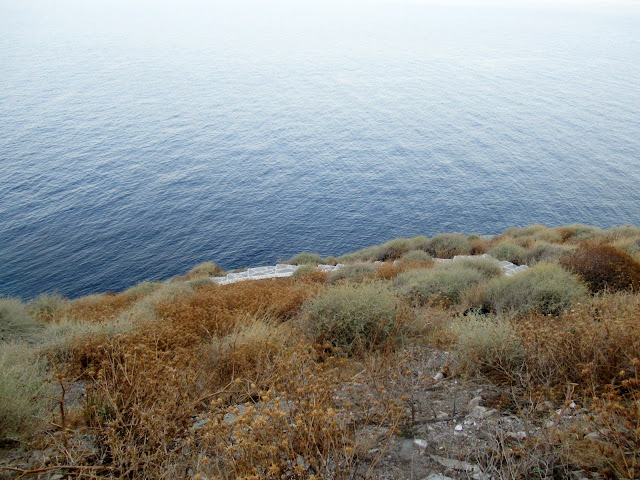
Meanwhile, on the mainland, another church
We turned a corner and saw a small bay where the main beach of Kastro is situated as well as a taverna, which apparently is very good
By the time we left it was dusk and we started looking for somewhere to eat. The place that had been recommended was fully booked
so we ended up at Dolci (as seen from below), an Italian restaurant
where we admired the views and the rising moon and had a delicious plate of pasta each.

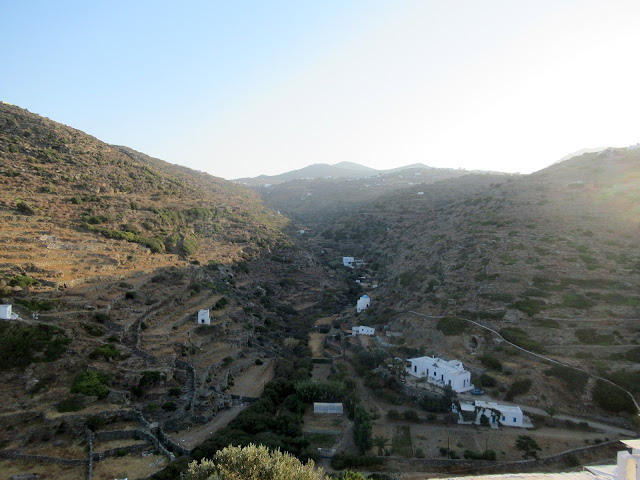













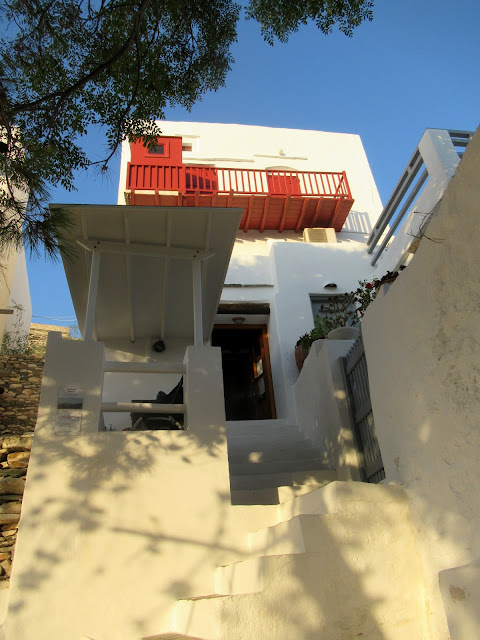



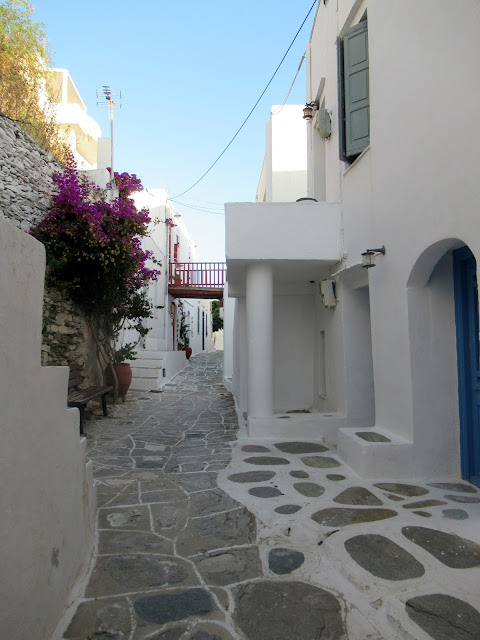























Good memories (Ken)
ReplyDeleteGood memories, indeed. And thank you for trying to solve the 'comments' problem in my blog.
Delete